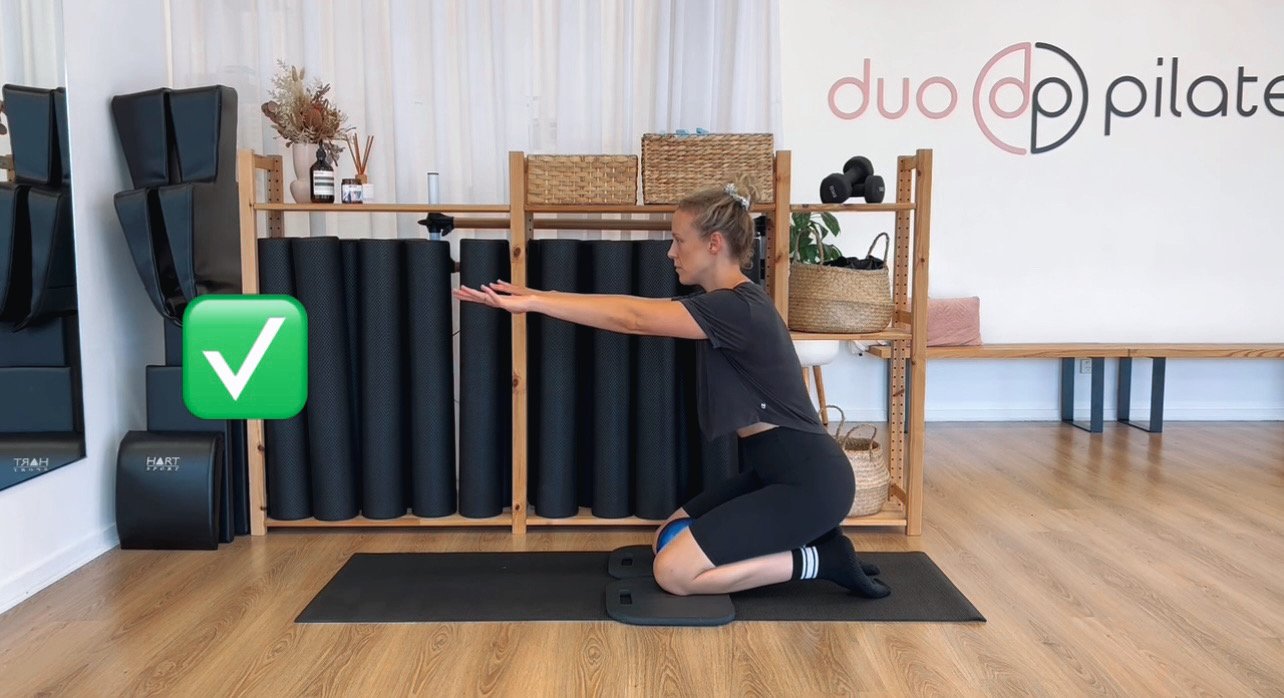Experiencing Pelvic Pain During Pregnancy?
You may have been told by your physio that you have SPD it or you may be experiencing pelvic girdle pain - in which case you should definitely book in and see a Women’s health physiotherapist.
SPD occurs when your ligaments and joints that hold your pelvis together start to stretch, become more mobile and relaxed - mainly due to the lovely relaxin hormone running through your body. One of the main joints that becomes relaxed in the process is the pubic symphysis (hence the name SPD). Now the good news is - this is a normal physiological response. You can only imagine why your pelvis might need to become more relaxed! The problem is…for some Women it can cause pain and discomfort, especially during certain movements like walking up and down stairs.
If you have been told you have SPD - you have probably already been given exercises to help. If you have pelvic girdle pain but haven’t been diagnosed - definitely go see a Women’s Health Physiotherapist. You also want to avoid exercises that can aggregate the pain and discomfort. For many, single leg exercises or standing on one leg or with your legs too far apart will be very aggravating. Walking up and downstairs can also be painful for many.
The good news is - You can manage SPD with the right exercises. Strengthening your pelvic floor, core and glutes is key! There are plenty of great ones but below are just a few examples of exercises that can help to manage SPD and a few that you should avoid. Everyone has differing circumstances though so it’s important to check that these exercises are ok for you. Your Women’s Health Physiotherapist will be able to do a personalised assessment and prescribe the correct exercises for you.
Lunges are usually not recommended if you have SPD. A better exercise would be a double leg squat
Squats are better than lunges if you have SPD as they help to keep your pelvis stable and balanced. To add more stability, lightly hold onto a barre or chair.
Side lying leg lifts are great for building strength in your glutes which help to stabilise your pelvis. Add a band for a challenge.
Single leg hip lifts are not recommended along with any other single leg movement. Instead, do double leg hip lifts (see image below)
Double leg hip lifts keep your pelvis stable and help you to build strength in your glutes. It is not advised that you lie on your back for long periods, from 16 weeks pregnant onwards. if you feel dizzy while performing this exercise, roll onto your side and sit up.
Kneeling squats are a great exercise to work your legs and keep your pelvis stable
Glute squeezes will strengthen your glutes. Keep your foot down and squeeze the ball between your knee and the wall.
For more pregnancy workouts, our Duo Pilates Online Platform contains dozens of pregnancy safe workouts.
To speak with one of our instructors about how to manage your pelvic pain during pregnancy with Pilates, contact us here
INSTRUCTOR BIO
Passion and purpose is her driving force, the visionary and driver behind the Duo wheel. A Registered Nurse, Doula-in-training and Cancerian. Nurturer at the core. Knowledgeable, personable and empowering, Alex comes with a wealth of experience & a proactive approach to health.









